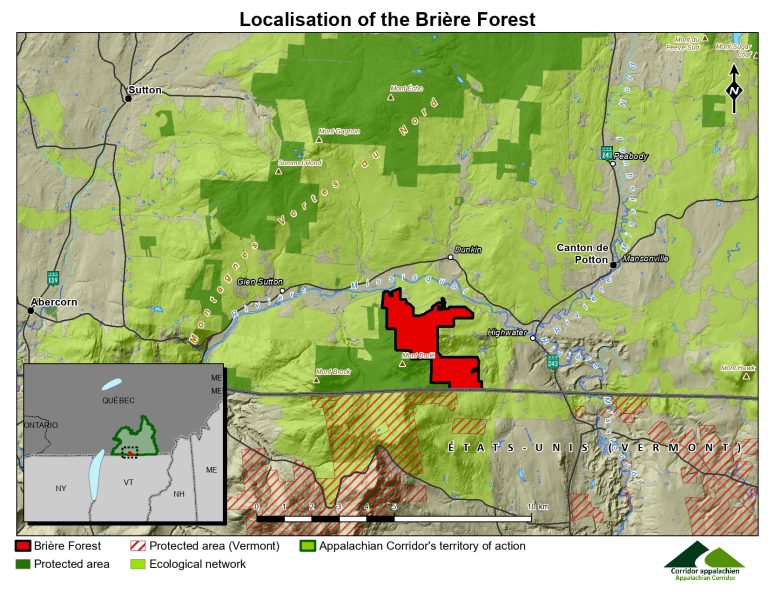Recovery Efforts Give Peregrine Falcon Wings
The peregrine falcon is a raven-sized diurnal bird of prey that breeds in a variety of habitat types, typically including rocky cliffs and open areas for hunting.
The use of pesticides such as DDT starting in the late 1940s has had a serious impact on the species. In fact, the peregrine falcon was one of the best-known victims of the application of these pesticides, which compromised its reproduction by causing the thinning of its eggshells.
Faced with this situation and following the ban on the use of this type of pesticide, a recovery program was instituted, and it’s been a success!
Currently, it is estimated that the Canadian breeding population of peregrine falcons is stable or slightly increasing. In Canada, after going from an endangered species in 1978 to a threatened species in 1999, it is now designated as a non-endangered species. In Quebec, the species is designated as vulnerable.
Surveys conducted in 2010 have identified about 100 pairs nesting in southern Quebec, which suggests that the Quebec population is recovering. The recovery and conservation of nesting sites carried out by Appalachian Corridor, the Nature Conservancy of Canada, and other partners over the past decade have undoubtedly contributed to this.
Each year, from March to July, Appalachian Corridor monitors the peregrine falcon on two known nesting sites in its territory. The objective is to confirm the presence of a nesting pair, but also to ensure that the conservation measures put in place are respected. The biologists look for the presence of falcons on the sites and collect information on their behavior, nesting, and possible threats.

Photo: Robert Côté




